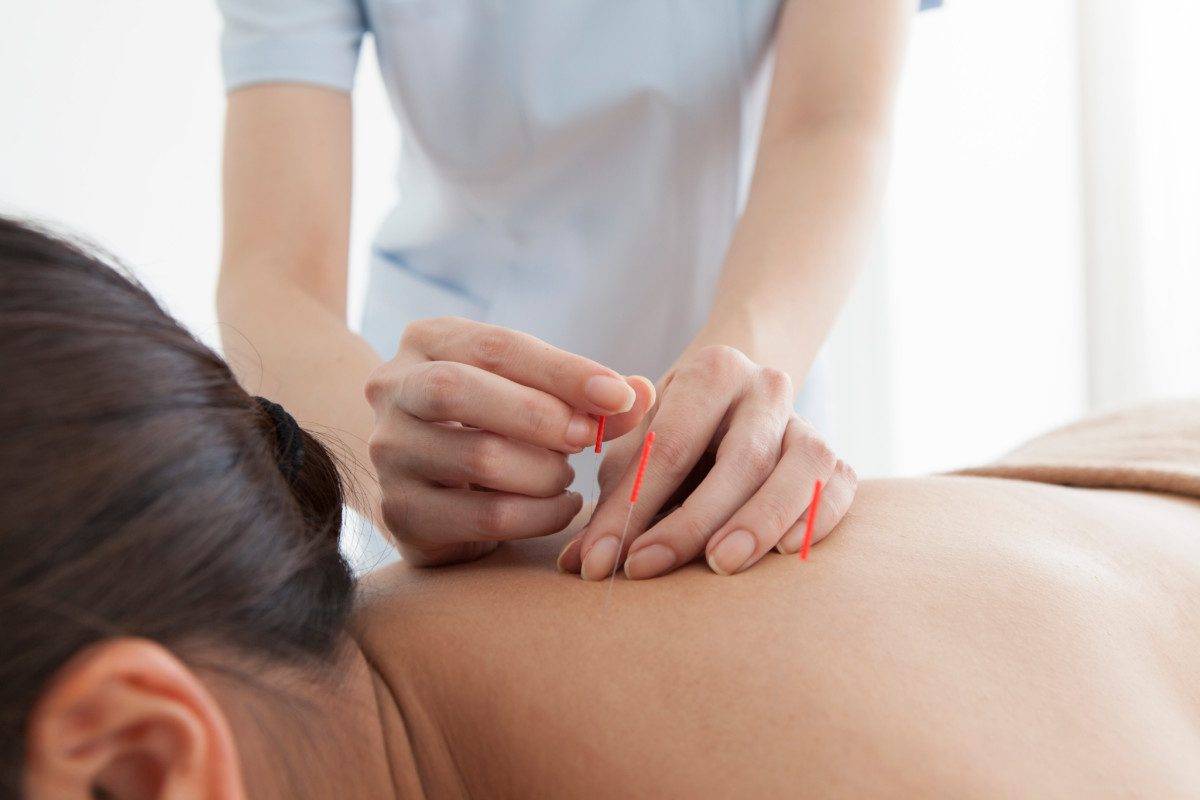By Alex MacPhee, RMT
3 Minute Read

Albeit painful, trigger points can also cause other symptoms such as headaches, jaw pain, low back pain and decreased range of motion in any area of the body. Other characteristics of trigger points include a dull ache, tenderness, tingling, involuntary muscle contractions and a temperature difference in the affected area.


Trigger point therapy techniques involve palpating a trigger point and applying direct pressure in a downward motion. This form of treatment can be uncomfortable and sometimes painful as the muscle itself is angry and the referral pattern can cause a variety of new and different sensations. Another way to reduce trigger points is by constantly going over the affected areas, applying a deeper pressure. This style aids in chipping away larger trigger points and tends to be less painful than direct, specific pressure. Trigger point therapy can be integrated into any form of massage therapy treatment, and does not need to be used in conjunction with deep tissue massage techniques. A practitioner will work within the top end of your comfort zone, hovering around a 7/10 on the pain scale. With any aggressive massage techniques, a patient can experience some discomfort for 24-48 hours after treatment. The discomfort can feel like you just did a hard workout or almost bruised like, without the markings. The best way to combat this soreness is to drink lots of water, and take a hot shower or epsom salt bath. If at any point you feel the treatment is too painful, it is important to voice that to your practitioner as we want to make sure you are comfortable and feel better after treatment, not worse.


